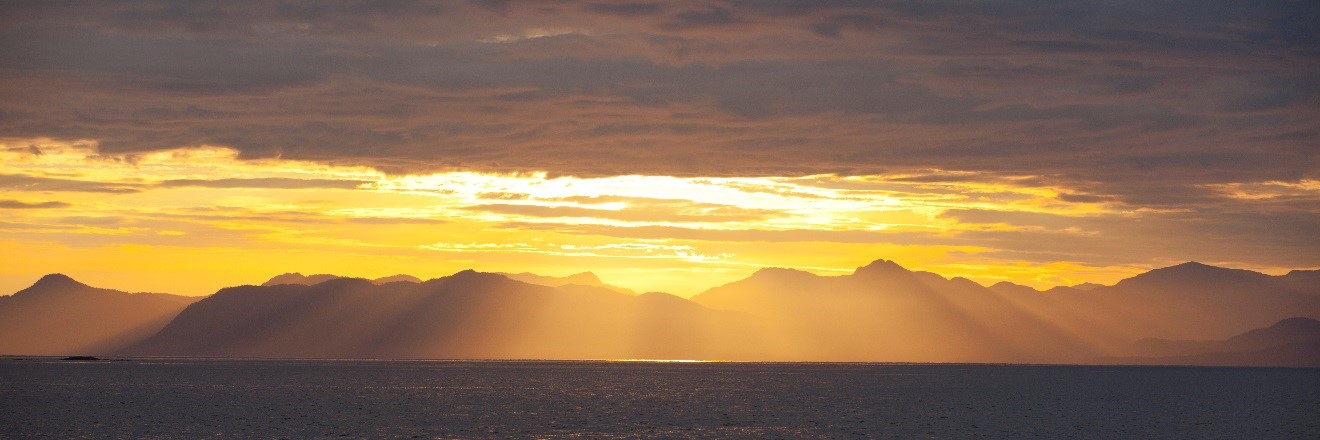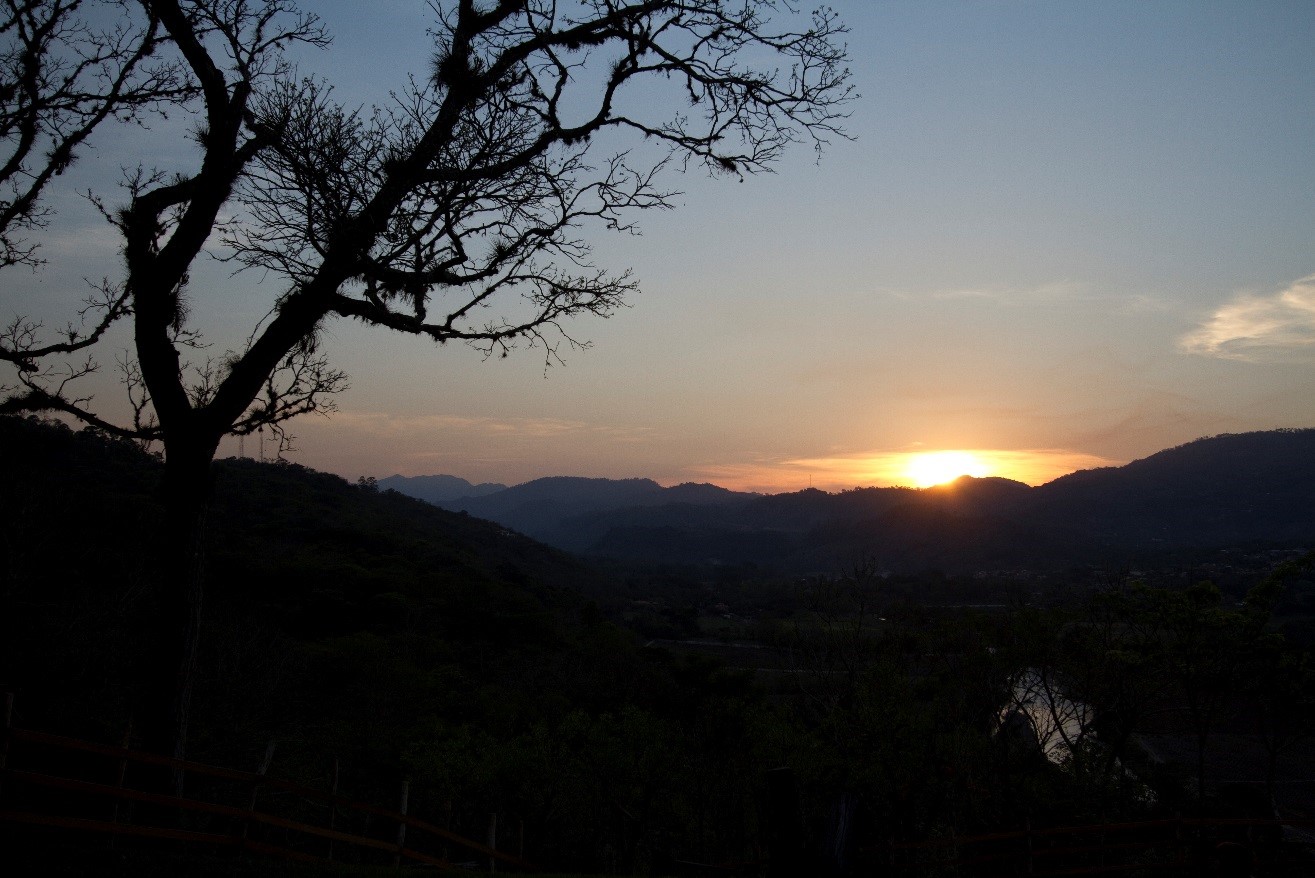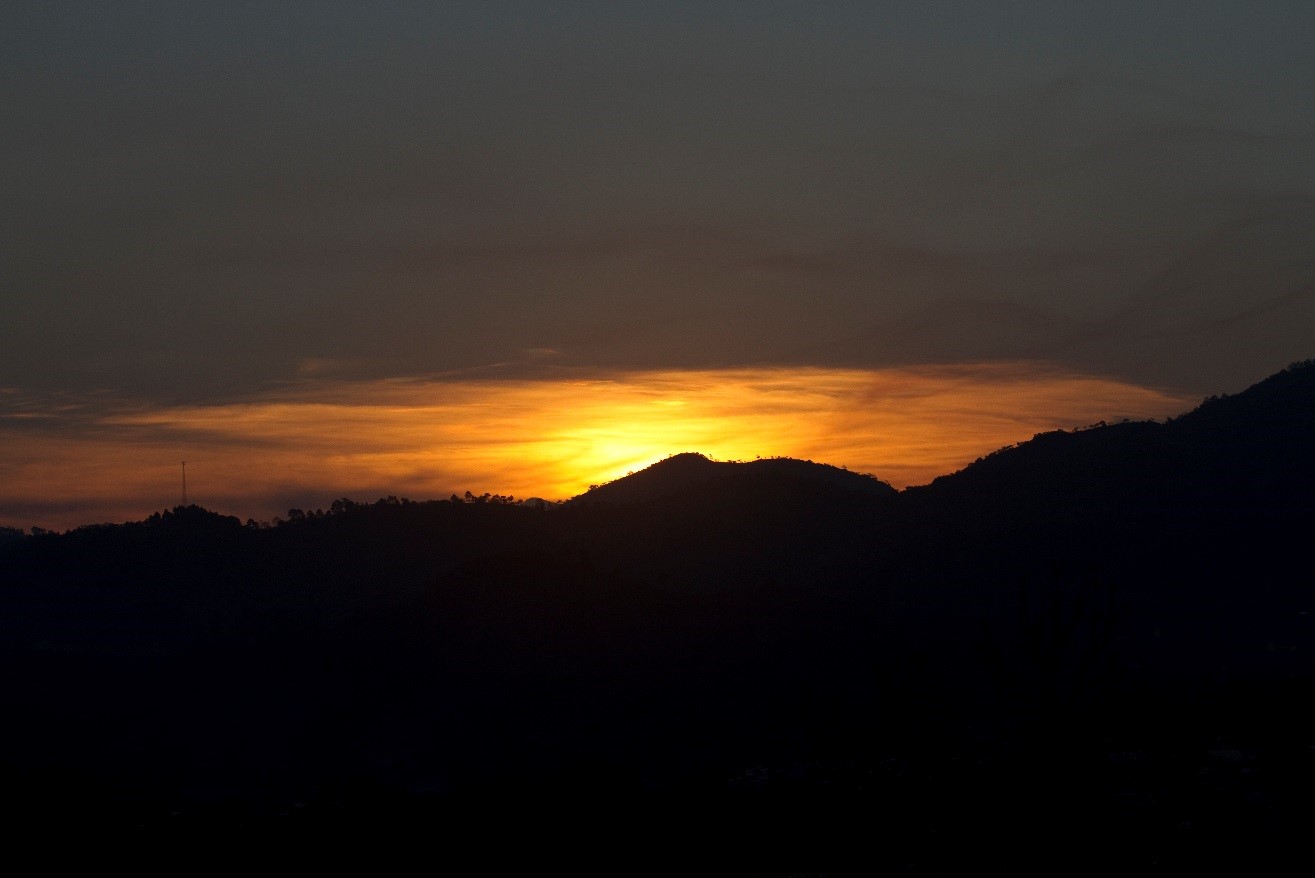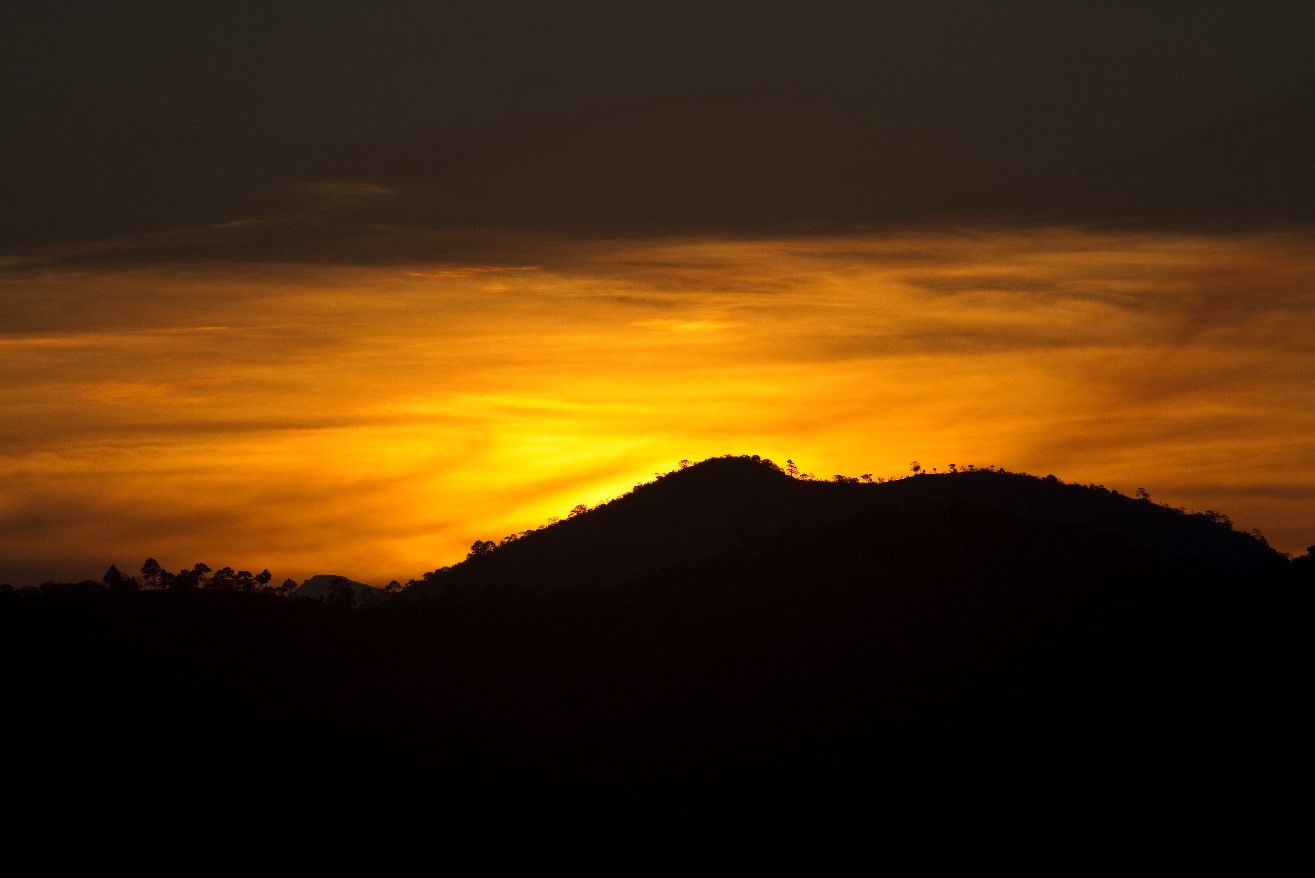
How to Turn any Sunset into a Spectacular Photo
We’ve all been there before. We’re out photographing, maybe in our local park or perhaps in a far off destination in some corner of the world…anticipating an amazing sunset on top of a perfect viewpoint. All the ingredients are there – except for a sky-filling sunset.
This is not unusual, and there are steps to take to maximize any sunset.
Get your biggest telephoto lens
What we’re doing here is using a technique called “zoom compression.” And in order to do that, we need to use a lot of zoom. Something in the realm of 10-20x optical zoom if you’re shooting with a point and shoot and 300 or 400mm if you have a DSLR or mirrorless camera.

Learn how to use “exposure compensation” on your camera
If you’ve stayed up to date on my articles and posts, you know how often I use this and tout how critical it is for getting the best photographs of everything, not just sunsets. If you aren’t aware of how to do this, be sure to read in your camera’s manual on how to adjust your camera’s exposure compensation. Or, read here for a primer.
Zoom all the way in and compose your scene
Just like any other landscape scene, you’ll need to be deliberate about composition, framing, foreground, background, etc. Since most sunsets include the horizon, you’ll want to think about the rule of thirds and how you’ll compose your photo. In general, I try to avoid placing the horizon and sun at the 50/50 line in the frame. Instead, try breaking it up into thirds, such that the horizon is the lower third and sky is upper two thirds (or vice versa).
However, the key part of this step is to zoom in. This is what creates the magic. Rather than explain it with too many words, I have three photos below to illustrate how you can “make lemonade” from otherwise distant or bland sunsets. The fourth photo is the end product.

Above is what the sunset looked like on the bluff we were standing on. Beautiful in person, but the camera doesn’t really do it justice.

Upon realizing the potential here, I began to take test photos, gradually zooming in and gradually underexposing my shot through exposure compensation. (I’ll explain more about exposure compensation in the next section).

And finally, here is what happens when I zoom all the way in, filling the frame with the intense color. All I need to do is to crop is however I like, and I get the final product below.

Focus on the brightest part of the sky
This is another critical step, for this is what brings the color and texture out, as you can see in the above progression. Be sure that you are zoomed almost as much as you can, such that the clouds, colors, and textures fill the frame.
By focusing on the brightest part of the sky, your camera will also “meter” on the bright light, thus exposing your shot for the brightness of the sun and clouds. If you instead focus on one of the silhouetted trees or hill, your camera is going to overexpose the shot, and the sun will be “washed out”, and way way too bright…effectively losing all color and texture. That is not what you want. What you want is the photo below.

Take a test shot and experiment with exposure
Even if you perfectly focus on the brightest part of the scene, you may need to adjust your exposure settings. Generally, I am prepared to underexpose my shot by anywhere from -1/3 to -2 stops. Again, if you’re not familiar with what this means, I’d recommend you read our Exposure page now.
As you can see, it’s actually quite feasible to make show stopping sunset photos out of what may appear to be very little to begin with. Obviously, having a less-than-spectacular sunset isn’t ideal, and I’d prefer to take a photo of a sky-filling sunset any day. However, this has potential to be a key differentiation in your photography, as you’re capturing something that others do not, or cannot turn into something unique. And in my opinion, this is what art is all about – creating something that other’s can’t. It’s your masterpiece.
Use these skills and go take some great photos!
Court
Leave a reply